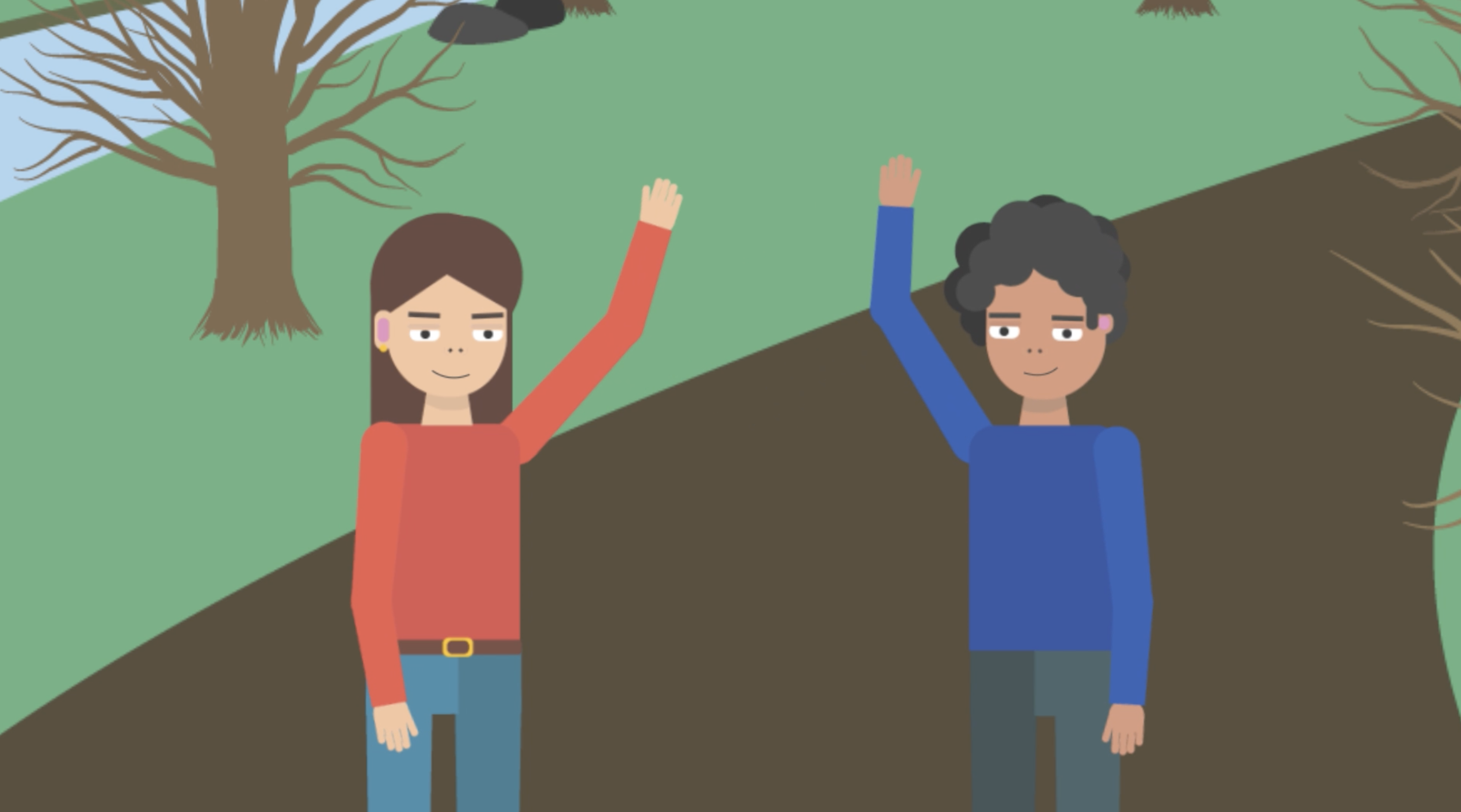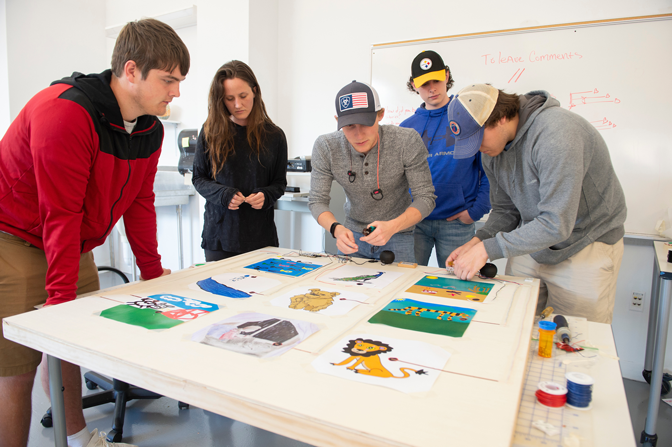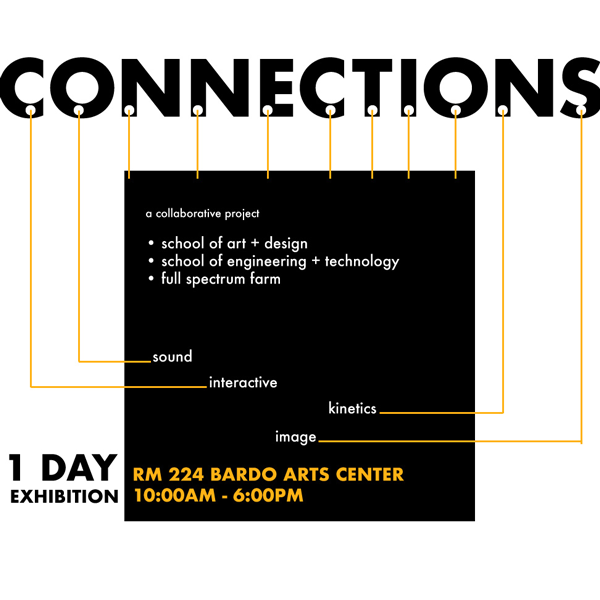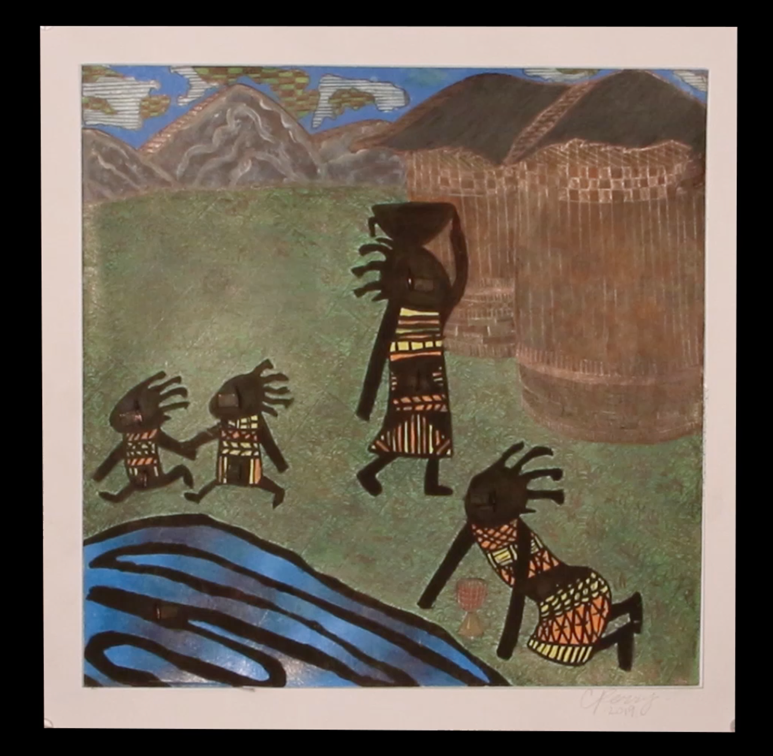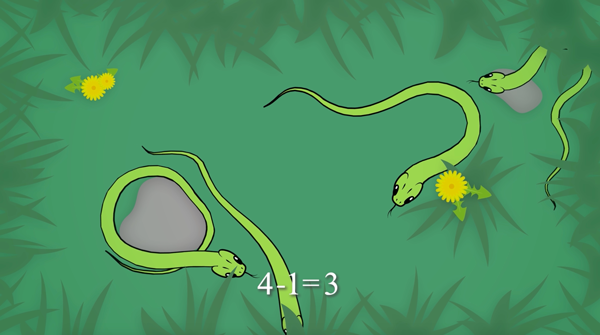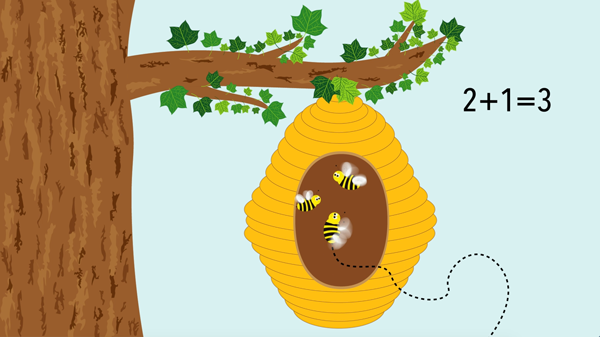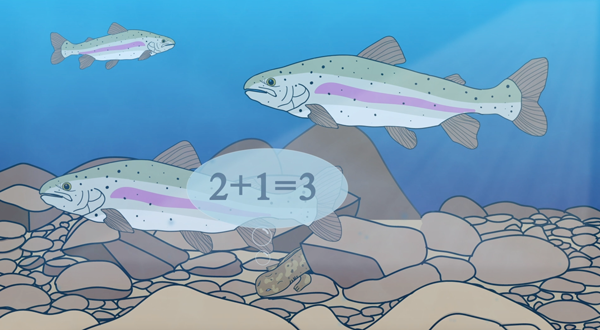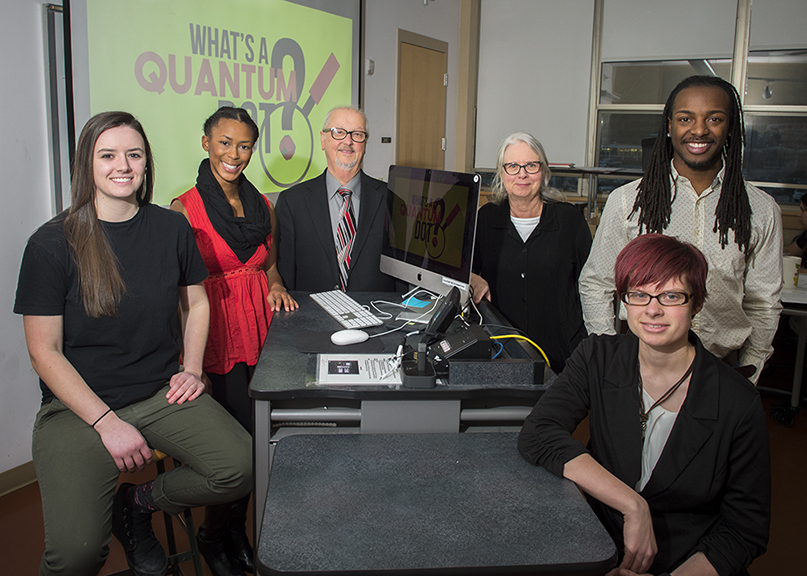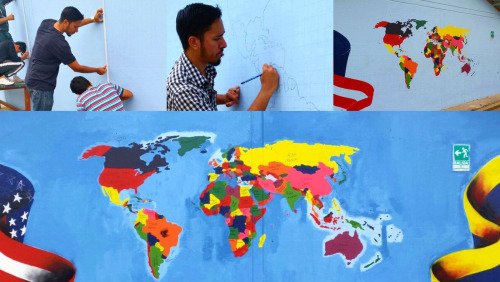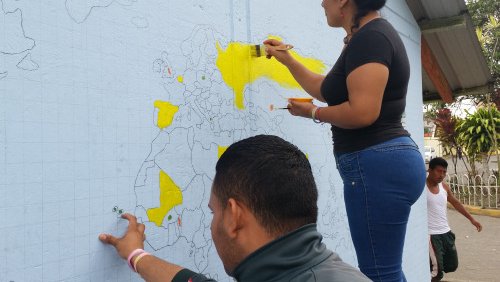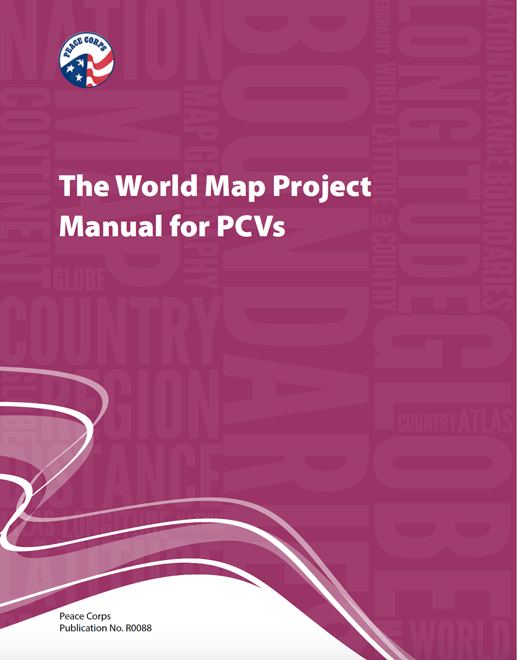artist designer collaborator educator
“Many of today’s problems are too big and too consequential to be solved by an individual or even a single field of expertise. They require teamwork among designers and between designers and professionals in other disciplines” (Davis, Meredith. 2017. Teaching Design. New York City: Allworth Press, p107.)
Objectives for a senior level design student included accurately presenting the science related to the sense of touch within a narrative designed for 8 - 10 year old children, and understanding how the medium affects the design, design process, and the message.
For the Cherokee language learners the goals are to learn Cherokee vocabulary related to the sense of touch, and determine which medium, or combination, is most helpful in learning.
The designer developed an animation, then designed a website and finally, a large 4 feet by 8 feet interactive display.
Collaborators:
- Christina Perry - Honors Student, Graphic Design, School of Art and Design, Western Caroliina University
- Mary Anna LaFratta - Professor, Graphic Design, School of Art and Design, Western Caroliina University
- Hartwell Francis - Education Curriculum Developer, New Kituwah Academy Elementary
- Bo Lossiah - Curriculum & Instruction Supervisor, New Kituwah Academy Elementary
- Marie Junaluska, Cherokee Elder
- Wiggins Blackfox, Cherokee Elder
- Gariella Thompson - Electronic Media Coordinator, New Kituwah Academy Elementary and WCU Alumni
- Dr. Greg Adkison - Instructor, Biology, Western Carolina University
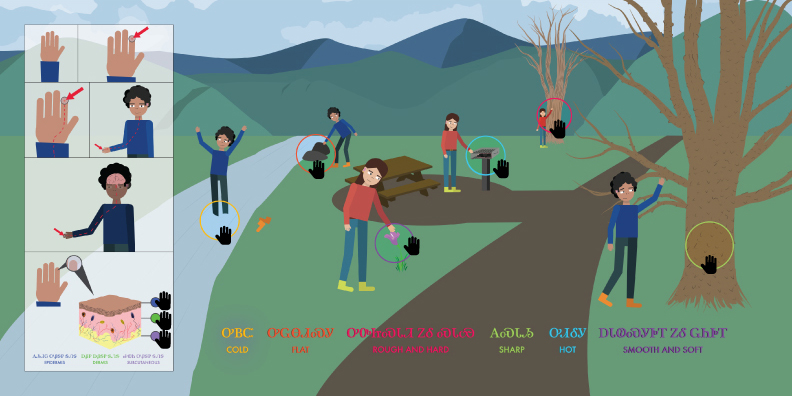
"Sense of Touch" - Interactive Display
4 feet by 8 feet - Cherokee
(digital version)
For each group of students the projects included working with a Touch-Board™, essentially an Arduino microcontroller, electric paint that functions as a design element and as an electrical conductor that when touched would trigger sounds, turn on lights, control a motor.
The projects involved multiple modes of communication and various media. The goals for the art and design students were to challenge conventional assumptions about 2D design, encourage collaboration, consider how sound and image when juxtaposed expand meaning, and to design for human interaction. The goals for the engineering students were to learn various ways to program the Touch Board™ to include interactive possibilities that trigger sound, light, and various types of motors. The young people from Full Spectrum Farms learned how to use digital drawing software and explored sounds to expand the viewing experience of their drawings.
Cherokee Learning Numbers: animations
The objectives of this collaboration were to design and build animations for preschool and first grade students on addition and substraction working with numbers 0 - 5. Additionally, the goal was to include voice overs in Cherokee as a way to support understanding the language.
International Jounal of Visual Design
Abstract Undergraduate graphic design students at Western Carolina University in North Carolina, USA, engaged in two multimodal projects on subjects outside of art and design, required technical skills using a range of media, involved partnerships with professionals, and new ways of thinking when designing learning experiences. The goals were to engage students in the larger dialog of interdisciplinary graphic design, its applications, and implications. The first project, presented in spring 2016, involved graphic design students working in teams to design and develop non-digital Cherokee word games for the Eastern Band of the Cherokee Indians to use in their language classes. The games focused on learning, reading, and speaking Cherokee pronouns and using them in various contexts. The second project, assigned in the following fall 2016 semester, included the same students each assigned to design and build animations introducing various aspects of nanotechnology to the general public. This project was in partnership with the National Nanotechnology Coordination Office, Community Idea Stations—Science Matters, National Public Radio and the National Public Broadcast Stations in central Virginia. This article considers the contexts within which graphic design education exists and situates the graphic design program at Western Carolina University within this environment.
Nanotechnology: animations
A collaboration including Western Carolina University design students enrolled in Motion Graphics 1 class, students and faculty in the WCU School of Music, the National Nanotechnology Coordination Office in Washington D.C. and Community Idea Stations - Science Matters NPR/PBS in Richmond, VA.
Students' work has been included in PBS Learning Media, and the National Science Foundation- Science 360 websites.
The objectives included learning how to visually explain various aspects of nanotechnolgy and to hopefully, encourage viewers to want to learn more.
Cherokee Word Games 2016
view work in a
website
The goal was to design non-digital games for learning Cherokee, specifically working with pronouns in various contexts. The audiences would incude young children to adults.
The design students worked in four teams and each team designed and developed a game. Of the four games designed and developed two where selected by the faculty at Kituwah Academy and various tribal members. The games selected were a card game titled, What Are You Doing?, and a board game titled, The Store.
These games have been distributed to schools they have been introduced to lower level language classes at the academy, as well as to Cherokee language classes at Cherokee Central High School and Middle School, Swain County Middle and High Schools, and the Snowbird Summer School, all in western North Carolina.

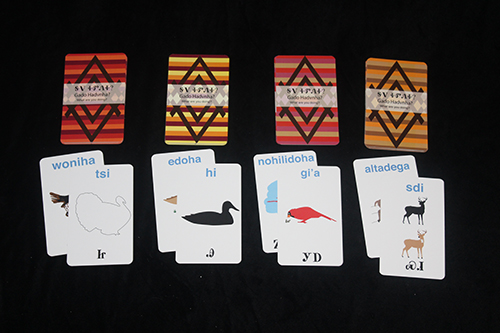

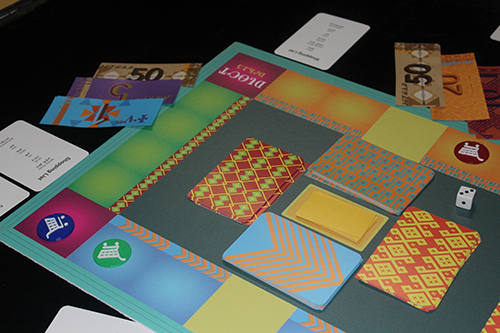
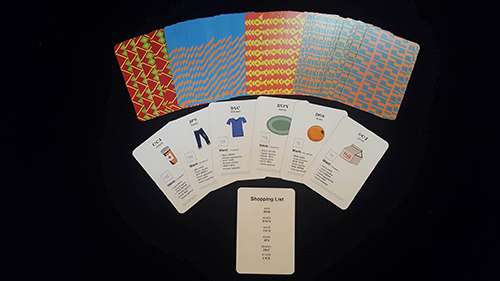
World Map Project: Peace Corps 2011-2012
The goal of the World Map Project is for students and their educators to create a world map mural to improve participants’ knowledge of geography and understanding of different peoples, and to support discussions of world peace and friendship.
Political Terror Scale - Original Website 2007 - 2015
The Political Terror Scale (PTS) project was started by Michael Stohl and several graduate students at Purdue University in the early 1980s, essentially as a way of empirically testing whether U.S. foreign aid was being sent to countries that violated international human rights standards, thereby being in violation of federal law. The five level coding scheme employed by the PTS was taken directly from the 1980 Freedom House Yearbook and it has been used ever since.
With this U.S. foreign aid focus, the PTS originally only coded 59 countries. However, in 1984 Mark Gibney began directing the project and he has remained in this capacity ever since. The most noteworthy change is the expansion of the PTS to the entire world, and as new states are created the PTS has grown accordingly.
This collaborative project and website was designed to visualize the political Terror Scale data and to make it accessible to a larger audience. The original website was selected by the U.S. Library of Congress to be included in its Web Archives: http://webarchive.loc.gov/all/20100615000000*/http://politicalterrorscale.org
Sensing the Radio Sky 2004 - 2006
